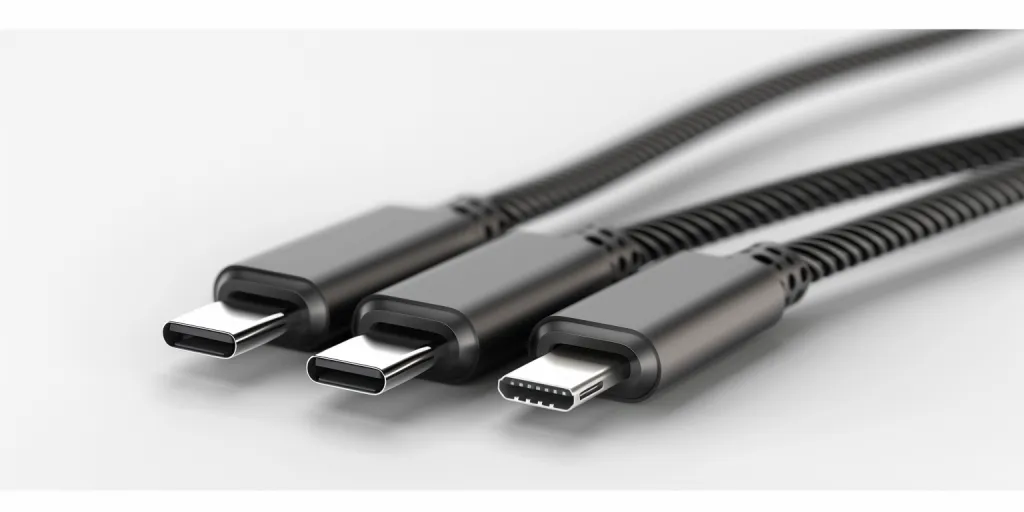So, in our digital era, where we are more connected than ever before and where we require devices which are constantly charged for to help us through our journeys, to keep us in contact with our nearest and dearest, or even just to make sure that our device is ready to go when we want to use it, the importance of a good and reliable charger cannot be underestimated.
However, with so many options available, it can be a complex task to make sure that you pick the one which is right for you.
In this article, we discuss some of the most important aspects of Micro USB chargers, and will provide you with information so that you can make an informed choice when it comes to choosing the charger which is right for you.
Table of Contents:
– Understanding Micro USB Chargers
– Key Features to Look for in a Micro USB Charger
– Compatibility and Device Requirements
– Safety and Certification Considerations
– How to Extend the Life of Your Micro USB Charger
Understanding Micro USB Chargers

The micro USB charger is an essential charging device for many kinds of electronic devices. Initially created as a universal charger to fit all those gadgets and other products, it takes a small, micro-sized connector and two pins to fit the most devices in the world such as smartphones and digital cameras.
Multiple versions of the Micro-USB have been implemented, with faster charging and higher data rates. The newer standards are a departure from the Micro USB, but it still perseveres due to its continued wide availability and usefulness. Checking the amperage and voltage of your charger will help you choose the right one for your device.
Key Features to Look for in a Micro USB Charger
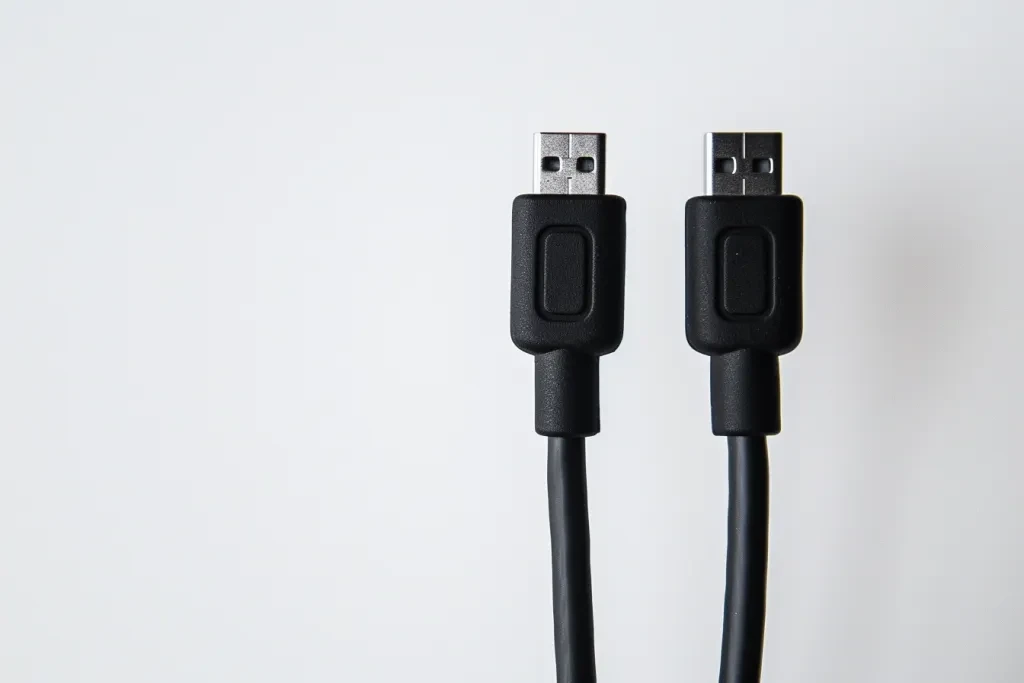
Here are some important features you should consider when buying a Micro USB charger. The first is charging speed, or how fast a charger can ‘push’ electricity into a charging device. You can usually identify how fast a charger is by its output amperage. The higher the amp rating, the faster the charge time – as long as your device can support the needed maximum.
Secondly, usability factors such as cord length and durability come into play. A cord that is longer in length is more flexible and convenient, while a more robust build with a durable exterior offers longevity for charging devices and resists wear and tear from daily use. Some chargers also come with ‘smarts’, such as overcharging protection to better protect the health of your device’s battery.
Compatibility and Device Requirements
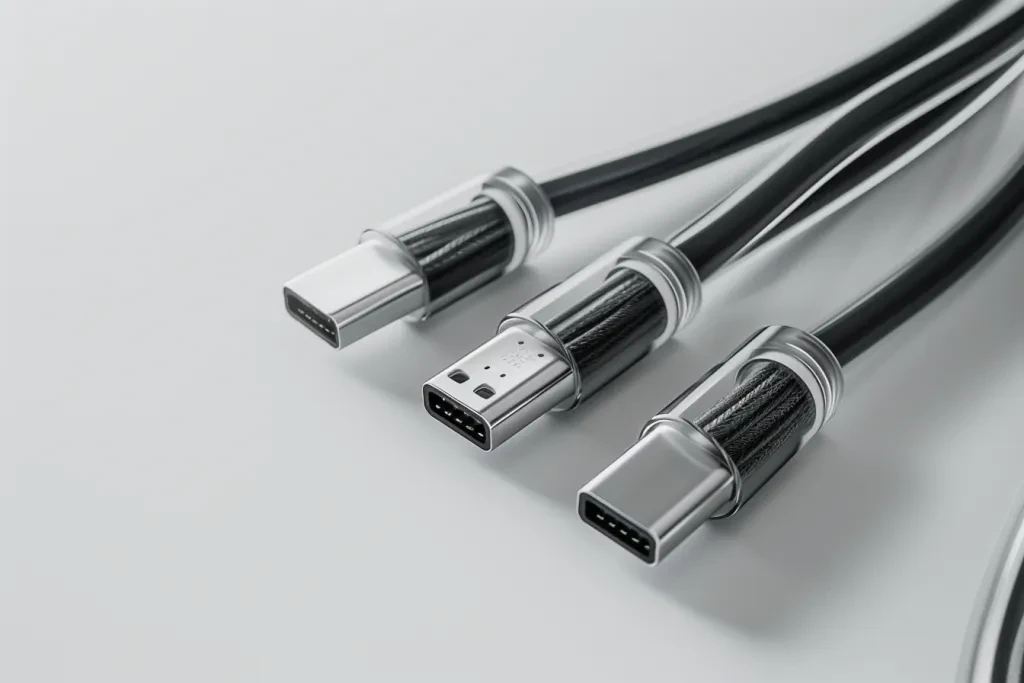
Does your device work with a Micro USB charger? Yes or no? The question is urgent. Micro USB connectors are standardised, but not all Micro USB chargers are the same. Some chargers will deliver the power your device needs to charge at maximum speed. Others won’t. And, in the worst cases, will damage your device.
To make sure the charger is compatible, refer to your user manual to learn the charger specifications, such as voltage and amperage, for your device, and buy a charger that can handle your device’s power needs safely and effectively. Some chargers can fast-charge smaller devices but this is only possible if your device is set up to utilise the feature.
Safety and Certification Considerations
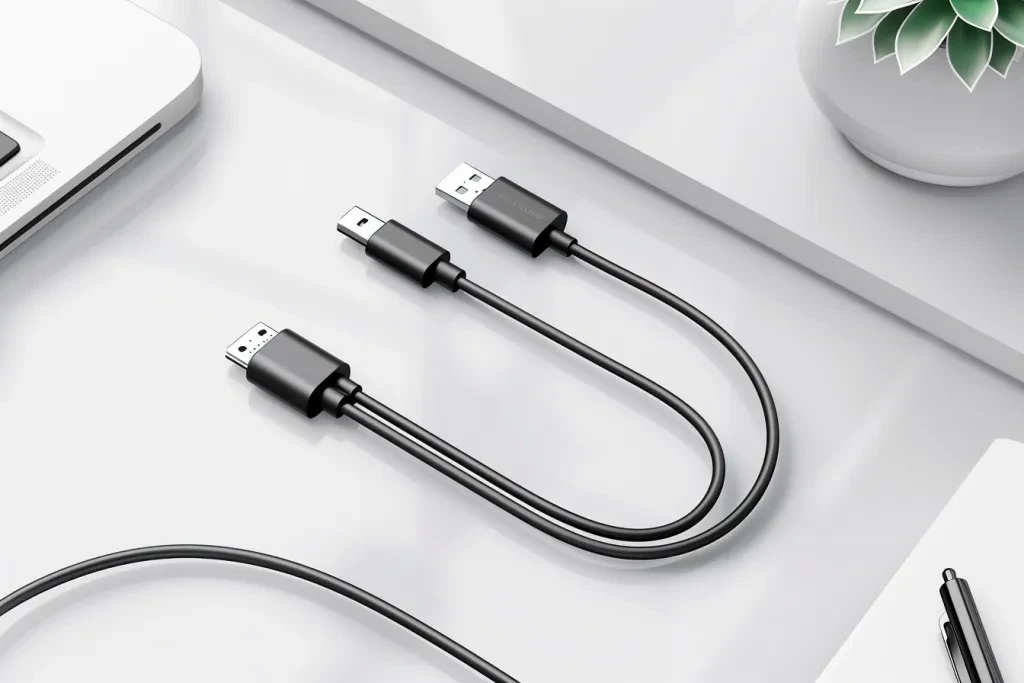
It is safety issue of eletro accessories the Micro USB charger . The low quality chargers can lead to overheat or electric shock or fire . To avoid that , should crept chargers which has been pass the testing or have been labelled with certification marks of standards organizations.
A charger that is compliant to a certain safety standard bears certifications such as UL (Underwriter Laboratories) or CE (Conformité Européenne). The presence of such certification means that the charger has been tested by an accredited lab and that it conforms to the standards tested. Of course, it is not guaranteed that the charger will be safe absolutely, however, at least it is now known that more safety standards than before have been complied by it. Look out for these certifications, and avoid products that have no certification at all.
How to Extend the Life of Your Micro USB Charger
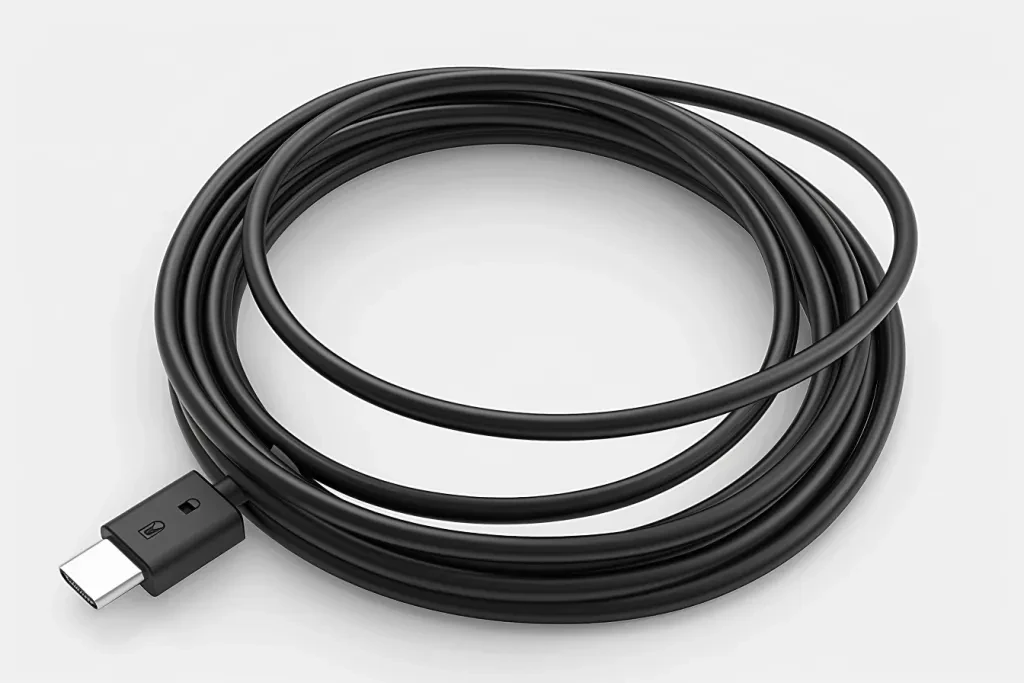
Following just a few common-sense guidelines will make your Micro USB charger last longer. Never grab the cable by the connector ends, as this will snap the delicate internal wiring. Extreme bending or twisting of the cable can also damage the structure.
Secondly, by keeping the charger clean and dust-free and free from accumulated debris, it can improve its performance and lifespan. For example, checking the connector pins for wear and corrosion and, if necessary, gently cleaning them with a dry cloth, can prevent charging problems. Finally, in between uses, it is important to store the charger in a cool, dry place away from other components, as this will prevent the degradation of its components over time from environmental factors.
Conclusion
Clearly, choosing the right Micro USB charging is a balance between knowing your devices and having as many usability and safety features as possible. We hope that focusing on compatibility (your device), key features and certification standards (safety and usability), can help you make the right choice. Your charger will last longer if you take care of it.
